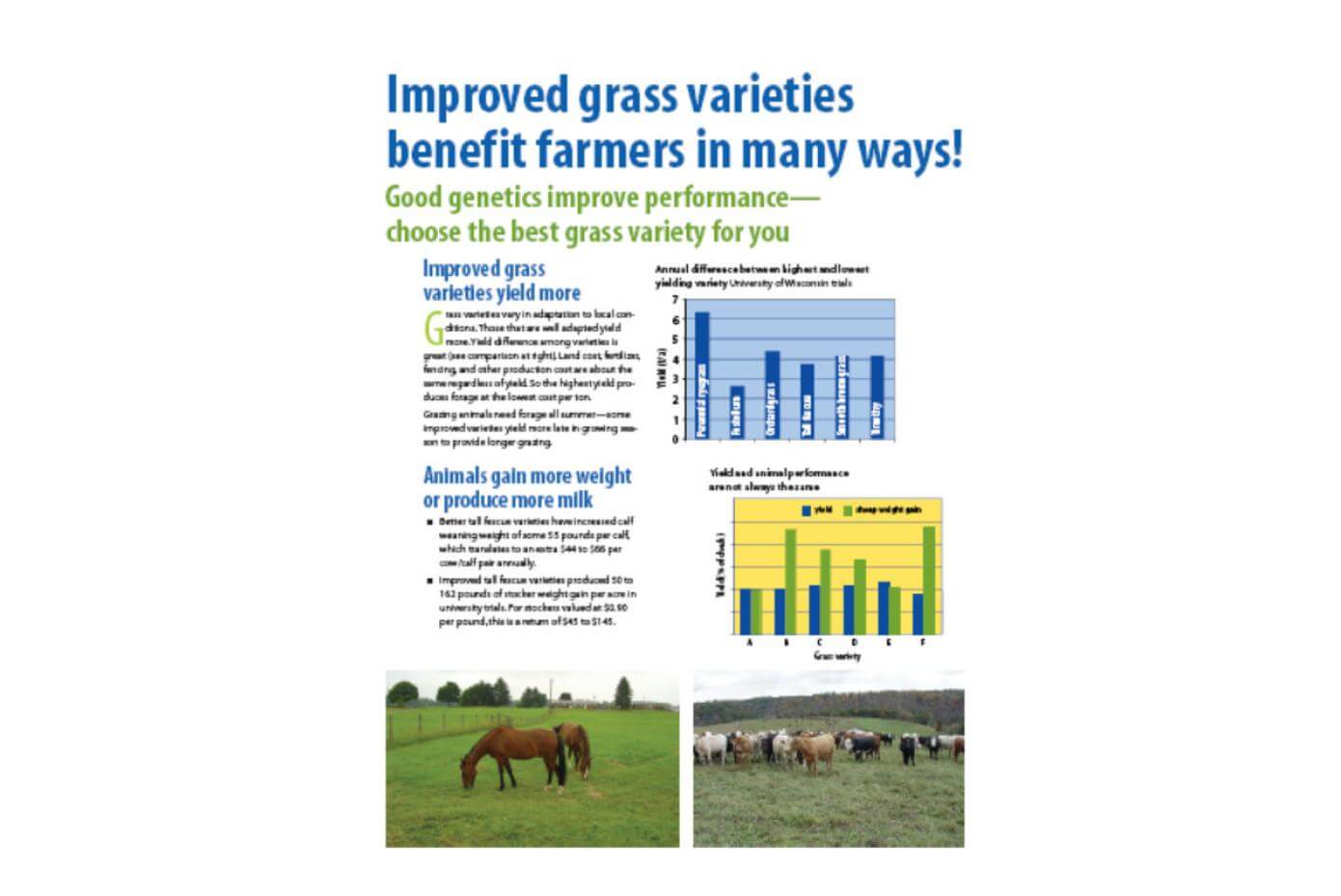Coating Services Offered Soon
Smith Seed has expanded its “services” with the addition of a state of the art seed coating facility. We will soon be able to provide coatings for all types of grass seeds and legumes. Thanks to state of the art design and automation, we will be able to provide the industry top quality coating services with quick turn-around times. The new coating facility includes high-tech automation and a dedicated quality control lab. Automation from start to finish ensures the highest quality of seed coating on every pound produced. Our lab double checks raw and coated seed moisture, coating percentage, product durability, and records all process parameters for peace of mind. Brian Jaasko is heading up the coating operation. More information will be provided in the months to come. As always, we welcome your interest and questions.
Crop Watch
While availability and supplies for spring of 2009 seem adequate to meet projected demands, there are notable changes in acreages for future harvests. Acreage levels for annual ryegrass, orchardgrass, white clover and red clover all appear to be up only slightly - about 5% over this past year. However, both perennial ryegrass and tall fescue acres for 2009 are down considerably - as much as 15-20%. This may bring the perennial ryegrass acreage levels down to around 100,000 acres, as compared to a one-time peak of nearly 150,000 acres. It is thought that these reductions should take care of any excessive inventories and bring supply in line with demand by 2010 or sooner, depending on next year’s usage and yields.
Bluegrass production for this past year has been estimated at 60 million lbs., down from 82-85 million in 2007 and 100-110 million lbs in 2005. Next year’s production appears to be similar to 2008. “Normal” usage is said to be around 90 million lbs.
In Canada, creeping red fescue production for 2008 was estimated to be at 27 million lbs. with another 16 in carryover. The average consumption for the past four years is roughly 52 million lbs per year. Acres are down approximately 20% for 2009. If the recent change in US/Canadian currency had not occurred, the price for creeping red fescue would have had little reason to soften.
Wheat Still Causing Pressure
While wheat prices have fallen dramatically as compared to a year ago, new plantings are still quite high in the Willamette Valley. According to the Capital Press (capitalpress.com), wheat may be more attractive than grass seed for certain farmers due to a number of short-term reasons including quick payment, high yield/acre potential, and lower input costs over grass seed. Willamette Valley wheat growers can get yields of 80-160 bushels/acre. Last year, farmers averaged 100 bushel per acre. Even at today’s price of over $5/ bushel, that’s not bad quick cash. Talk around the Valley estimates about 80-100,000 acres of wheat were put in this fall.
Tool Helps Promote Improved Varieties
Thanks to the efforts of the Cool Season Grass Initiative Group - a working group of forage grass seed companies and university folks, the attached flier, entitled “Improved grass varieties benefit farmers in many ways!” is now available for you to print and distribute as you would like. This is a nice simple 2-sided color document that you can utilize as bill stuffers, handouts for client visits and trade shows, and any other way you’d like to promote the improved varieties you carry. If you are receiving this newsletter by fax, and wish an electronic copy, please contact Jonathan at jrupert@smithseed.com or 888-550-2930.
